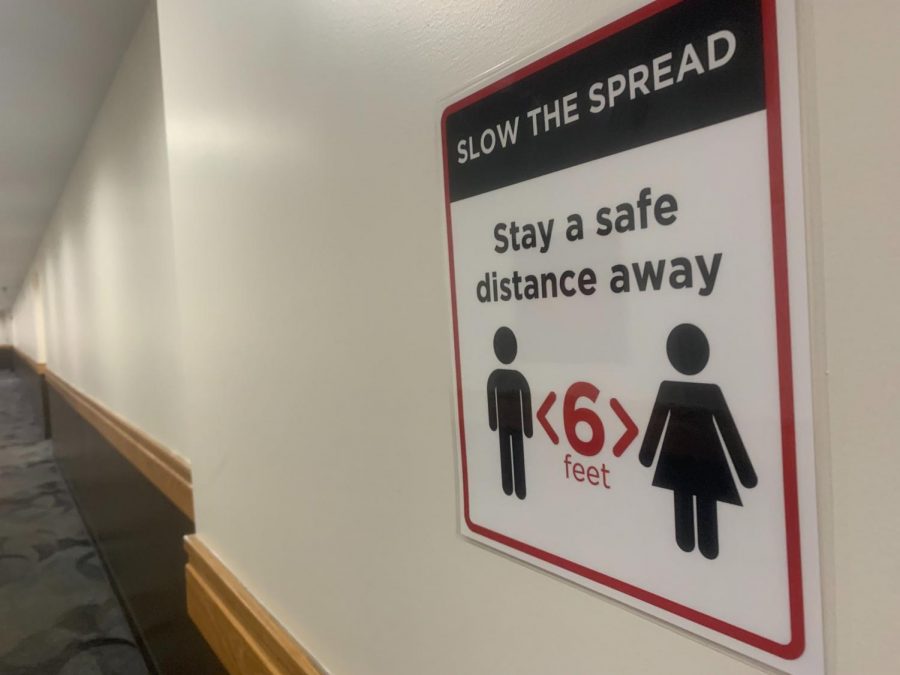For years, students have used online professor rating systems to gain an edge in knowing what a professor is like, personally and professionally, before they actually set foot in the classroom. Among the available professor rating sites on the Internet today, two standout sites are www.pick-a-prof.com and www.ratemyprofessors.com.
Although ratemyprofessors.com lists a wider range of colleges, including St. John’s (which the other site does not), pick-a-prof.com has gained more notoriety recently in the mainstream media. This Web site has been featured in the New York Times, the Chicago Tribune and Time Magazine. The buzz around pick-a-prof comes from legal action they have taken against universities who refuse to provide them with the grading history of professors featured on the site. Their main argument is that since grades are public records, they should be made public knowledge.
Both sites have their own rating system evaluating a professor’s skills on a scale of one to five, with a five being the highest. However, despite being rated on such categories as helpfulness, clarity and ease of the class, the main assessment centers around a student’s written thoughts of the professor.
Some of these comments can be encouraging.
“She is a great teacher, one of the best I have ever had…You’re lucky if you get her,” read one comment from ratemyprofessors.com. Other remarks, however, can be downright nasty.
“This man needs to retire and [despite] the efforts of the school he’s still around,” said another comment from the Web site.
However, although the Web sites are popular, students have complained of drawbacks.
“The comments are anonymous,” said sophomore Chris Imparato. “For all we know, teachers could log on and post comments about themselves.
Another concern is that a student who received a poor grade in a class may post negative comments about the professor in order to get revenge. This could deceive students who may actually be missing out on an outstanding learning experience.
Also, different students react differently to the personalities and teaching methods of professors. For example, one reviewer may have felt that a professor’s constant use of graphs was juvenile and made them feel like they were in kindergarten.
However, another reviewer may disagree and say that the use of visual aids helped make retaining information easier.
Overall, between the two sites, pick-a-prof.com offers more services such as mp3 downloads of class lectures. However, all of that comes with a price. Pick-a-prof offers their services starting at $5 for a semester and up to $40 for four years.
Ratemyprofessors.com offers their resources for free.
Despite the success and popularity of Web sites such as ratemyprofessors.com and pick-a-prof.com, many students still prefer to learn about their professors the old-fashioned way.
“If you really want to know what a professor is like,” said senior Natasha Mejia, “you should try to find other people in your major who’ve had the professor already and ask them what they think of the professor.”

















